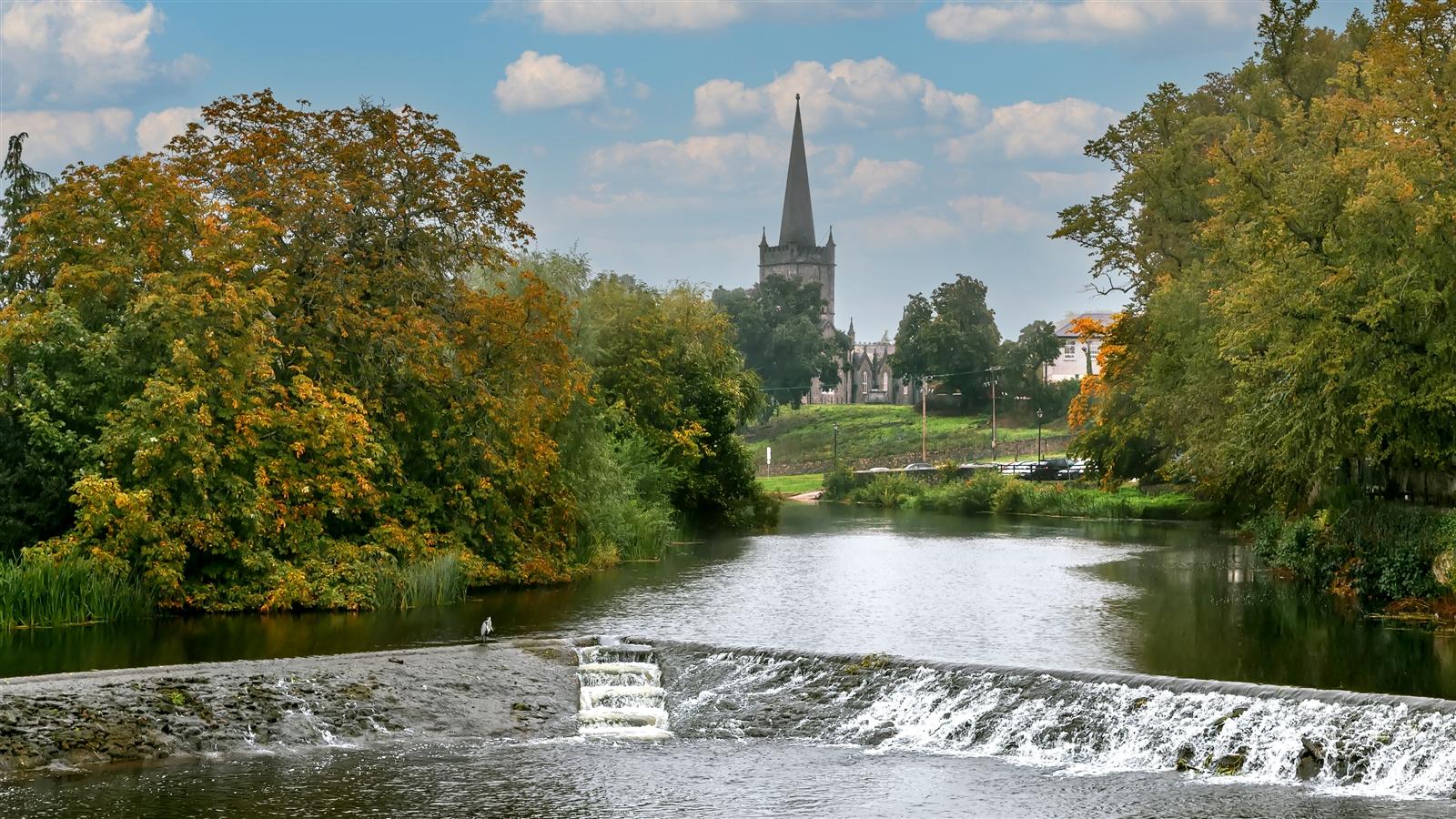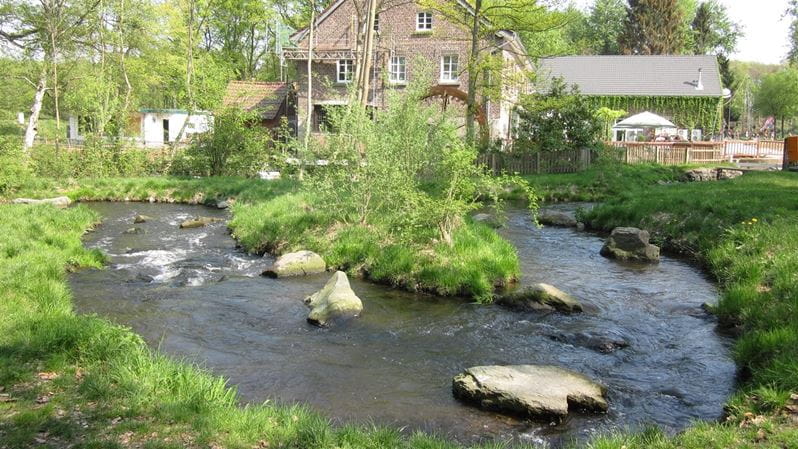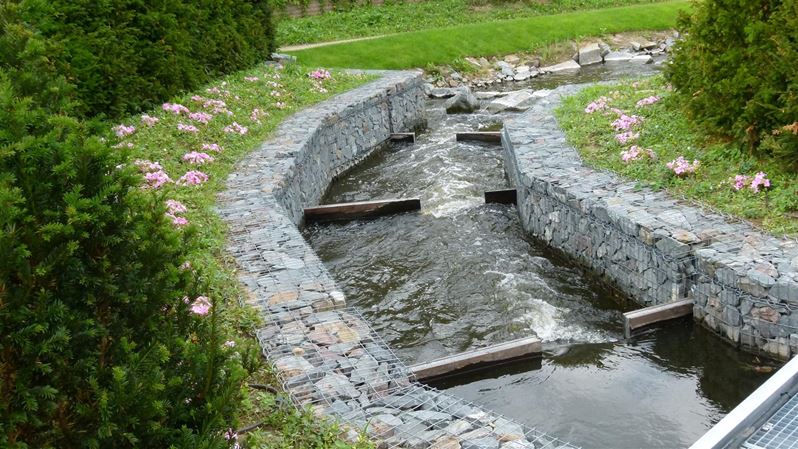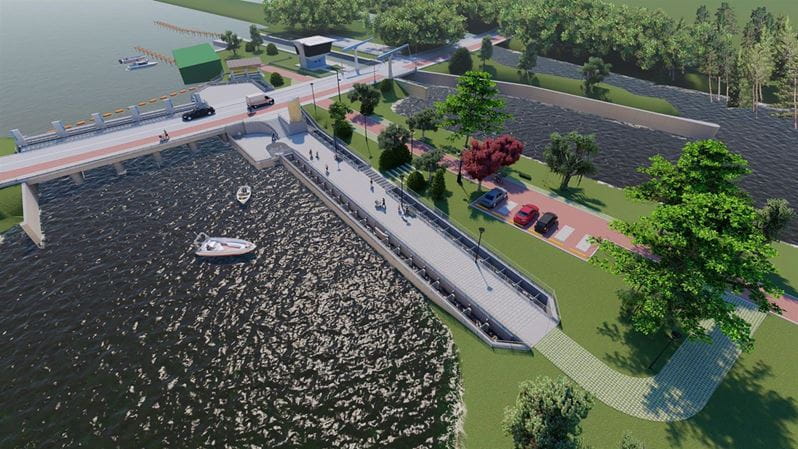Fish Pass: Helping Fish to Pass Dams, Weirs and Waterway Crossings
With the onset of industrialization, however, more and more rivers and streams have been straightened, widened, deepened and dammed, mainly for urban and rural development, for energy generation, for transportation, to improve drainage, and to reduce the risk of flooding. Today, rivers across Europe are extensively modified. As a result, river and bankside habitats have been affected and the variety of wildlife they support has declined.
The importance of fish passages
Fish populations are highly dependent upon the characteristics of their habitats and the connectivity between them. At a larger scale, the populations’ optimal use of resources, and the flow of genetic material within populations through the movement of individuals are essential for maintaining the fitness of the species and their adaptability to change. In many countries fish are also indicators of the quality of the freshwater and its ecological condition. However, degradation of habitat and construction of hydraulic structures have resulted in a decline in freshwater fish populations. Numerous dams, weirs and waterway crossings interrupt or impede the continuity of rivers and their tributaries and therewith may delay, hinder or prevent fish from accessing suitable habitat. If the migration obstacles cannot be dismantled, the upstream continuity can be restored with fish passes. Modern fish protection and bypass systems are very effective in enabling safe downsteam passage for a variety of fish species.
Our areas of expertise include
- Barrier inventories
- Fish pass efficiency assessments
- Dam and weir removal
- Fish passes to ensure or restore upstream fish passage at impassable barriers (e.g. technical pool-type and nature-like fish passes, fish lifts, fish locks)
- Fish-friendly hydraulic structures such as waterway crossings or flood retention basins
- Fish protection and bypass systems to avoid injury and ensure downstream migration at hydropower plants and water intake structures
- Alignment of proposals with water resources legislation, e.g. EU Water Framework Directive






